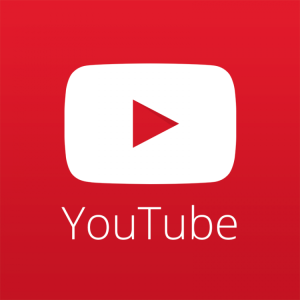YouTube remains the go-to online video platform and the second-largest search engine (specializing in video content), owned by Google. Videos on YouTube show up in Google’s search results, and many searchers prefer video over reading website or blog content. Video is essential to most SEO, content marketing, and social media marketing strategies. Publishing and distributing short-form educational and informative topical video series are a great way to build a consistent online presence while building SEO and addressing target audiences’ interests and concerns. See Media Blitz Publicity’s “You Need Video Content Marketing – VCM 101” for more details. New contenders not tied to the the controversial and increasingly untrusted Google/Alphabet corporation are popping up, with the blockchain-based BitChute rising as the Alt-Tech favorite.
Launched in February 2005, YouTube was the Internet’s replacement for TV in that it was not manufactured programming but involved a growing library of content made by individuals and small groups – often informally – and made available many previously out-of-circulation or never-before-distributed content items that were taken from old VHS tapes and home video. It made video publishing and distribution available in a scalable way for anyone with the will and insight to pursue it. People began to make their own channels and series, building up fanbases and searchable libraries of content over the Internet.
As early as 2005, many people gave up broadcasted TV programming entirely in favor of YouTube, DVDs, and VHS. Many had actually even given up TV before YouTube launched! These were the first “cord-cutters” – a decade before it became a common practice that threatened TV networks and cable providers. YouTube was known for its grainy quality (but nobody cared), lack of advertisement (for a short time), and authentic voices that decentralized media communications and brought the first-generation Internet to maturity.
YouTube was a great content marketing environment because the whole premise was that a visitor could search for what they wanted and be presented with relevant content. Ads were added after a while, but these were not major interruptions at first. The rise of video advertisement on YouTube drastically changed this. (There are significant differences between Video Advertisement and Video Content Marketing – the main points being that video content marketing is not interruption-based but rather seeks to be the content the audience is seeking.) Google bought YouTube in 2006 and lost money on it while dominating the online video space for 12 years before colluding with Big Media television networks in a cabal to take back control after the TV audience had shifted to the Internet.
As part of this hostile takeover of YouTube, alleged advertiser concerns were used as a censorship vehicle. Videos with right-of-center or controversial content were demonetized or taken down, and many channels or creators were banned in an ongoing process of censorship that have deeply harmed Google’s brand reputation and may significantly threaten Google’s viability. Many have chosen to stop using most Google services as a result.
Due to ethical concerns, scattered audiences, and rising competitors many individuals and organizations choose a diversified approach to online video publishing, sometimes coupled with an “Exploit, Don’t Endorse” mentality toward Google-owned YouTube. YouTube is often derided as “SusanTube” after the hated top administrator of the company whose rise and influence coincided with the death of the platform as we knew it.
Google itself has become untrusted for its biased and cyberturfed “Fake” search results, social engineering controversies, and its abusive collection and utilization of user information. DuckDuckGo.com and StartPage.com are popular Alt-Tech competitors.
Alt-Tech Alternative: BitChute.com




